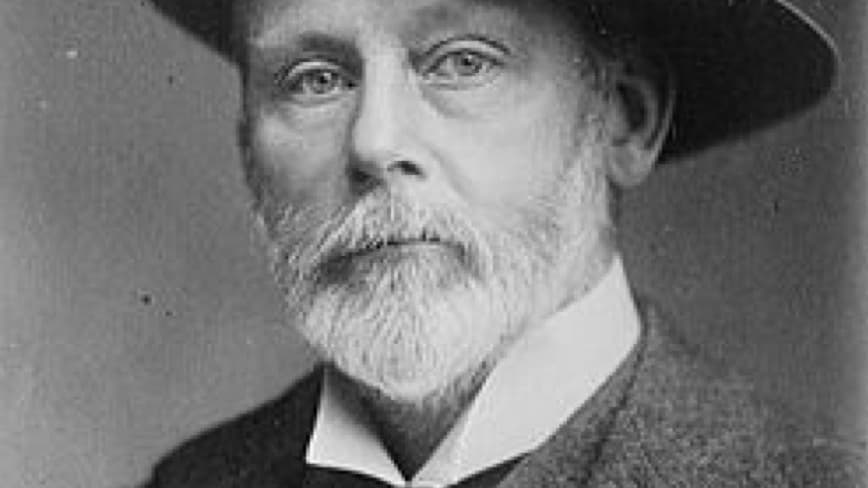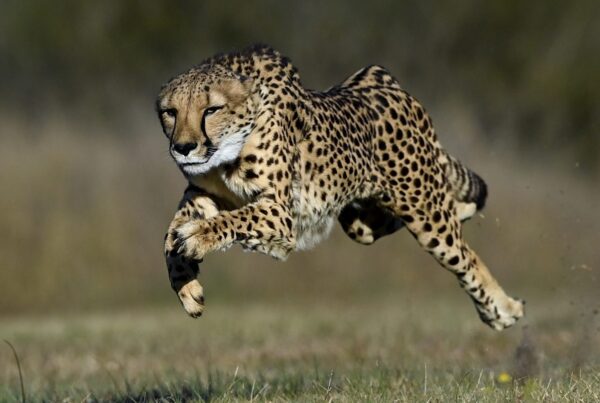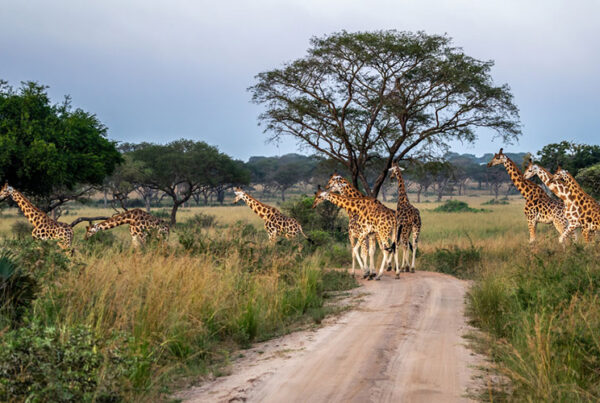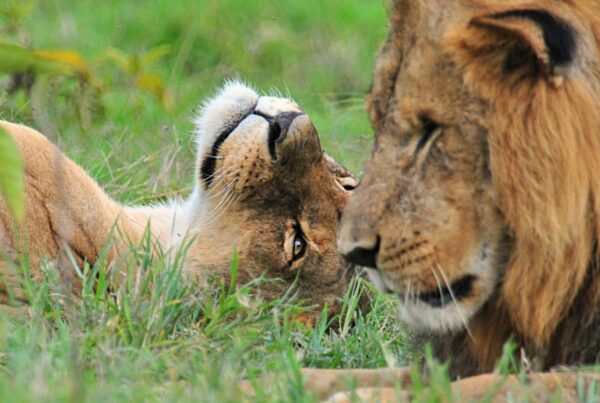Introduction
When we speak of Africa’s early days of exploration and colonial ambition, few names command the same awe and reverence as Frederick Courteney Selous. His life was not just one of adventure — it was a tapestry woven with courage, discovery, and the profound wilderness spirit of Africa.
Often regarded as the prototype for H. Rider Haggard’s famous character Allan Quatermain, Selous was more than a hunter. He was a naturalist, a chronicler of African geography and wildlife, and eventually, a war hero. His influence on how the world came to view Africa cannot be overstated.
In this article, we journey through the life and legacy of this remarkable man — an icon of Africa’s past and an early voice in the realm of wildlife conservation.
Early Life and African Dreams of Frederick Courteney Selous
Born for the Wild
Frederick Courteney Selous was born on December 31, 1851, in London, into a well-to-do family. From a young age, he displayed a fierce fascination with nature, animals, and the wild. His inspiration came from reading tales of African exploration and hunting, and by his early twenties, Selous had already made up his mind — he was heading to Africa.
Arrival in Africa
In 1871, at just 20 years old, Selous arrived in South Africa. With little money and no fixed employment, he began making his way north toward the vast, untamed wilderness of Matabeleland (in present-day Zimbabwe). His goal? To become an elephant hunter — one of the most dangerous yet lucrative ventures of the time.
Hunter Turned Naturalist
The Great Elephant Hunter
Selous spent nearly two decades traversing Southern Africa, becoming one of the most respected elephant hunters of the age. But unlike many of his contemporaries, he approached his work with method and ethics. He was known for his marksmanship, stamina, and extraordinary bush skills.
However, as the years passed, he began to witness firsthand the devastation that unchecked hunting could cause. This realization slowly transformed him from hunter to advocate for conservation.
Scientific Contributions
Selous documented his expeditions and observations in meticulous detail. His writings, including his most famous book “A Hunter’s Wanderings in Africa” (1881), are still referenced today for their accuracy and descriptive depth. These accounts earned him respect from scientists, geographers, and naturalists across Europe.
In 1893, Selous was awarded the prestigious Founder’s Medal by the Royal Geographical Society for his extensive mapping and exploration of the Zambezi and Matabele regions.
Legacy in Conservation
Early Voice for Wildlife Protection
Selous was a paradox of his time — a hunter who grew to become one of the earliest advocates for the protection of African wildlife. He saw that the immense elephant herds were dwindling, and he called for regulated hunting and habitat preservation decades before such ideas became mainstream.
Selous Game Reserve
Perhaps the greatest testament to his legacy is the Selous Game Reserve in southern Tanzania, named in his honor. Spanning over 50,000 square kilometers, it remains one of the largest and most unspoiled protected areas in Africa and is a UNESCO World Heritage Site.
Service in War
British Intelligence and the First World War
Though in his sixties by the time World War I broke out, Selous volunteered to serve in British East Africa as part of the British intelligence service. He became a captain in the 25th Frontiersmen Battalion of the Royal Fusiliers and participated in grueling campaigns against German forces in Tanzania.
Final Stand and Death
On January 4, 1917, near the Rufiji River in Tanzania, Selous was killed by a German sniper. He was 65. His grave lies near where he fell, marked by a simple stone — a quiet memorial in the land he loved so dearly.
Cultural Influence and Global Recognition
Selous’s fame was widespread even in his own lifetime. H. Rider Haggard, author of King Solomon’s Mines, based his character Allan Quatermain on Selous. His adventures were widely published in European and American newspapers, and even today, his name evokes images of rugged exploration and untamed Africa.
Museums in London and Harare house many of his personal effects, trophies, and journals, keeping his story alive for new generations.
A Timeless Legacy
Frederick Courteney Selous was more than a hunter. He was a man of vision who loved Africa deeply and recognized the need to protect its unique heritage. His transformation from trophy hunter to conservationist reflects the changing human relationship with nature — from exploitation to stewardship.
His life serves as a bridge between the colonial past and the conservation future, reminding us that with knowledge, respect, and humility, we can help protect the wild places that still remain.
Embark on Your Own African Adventure with WildHorn Africa
Inspired by the legendary stories of Africa’s pioneers? Walk in their footsteps and witness the wonders they once did. Whether you seek wildlife encounters, cultural immersion, or the thrill of the unknown, WildHorn Africa is your gateway to unforgettable safari experiences.
Our custom tours are designed with both adventure and conservation in mind, allowing you to explore the same wild landscapes that enchanted explorers like Selous — ethically, sustainably, and in style.
Contact WildHorn Africa today to begin planning your once-in-a-lifetime safari into the heart of Africa.





 WildHorn Africa – Authentic and unforgettable tours across Africa, guided by local experts who know the land, wildlife, and culture best.
WildHorn Africa – Authentic and unforgettable tours across Africa, guided by local experts who know the land, wildlife, and culture best.


